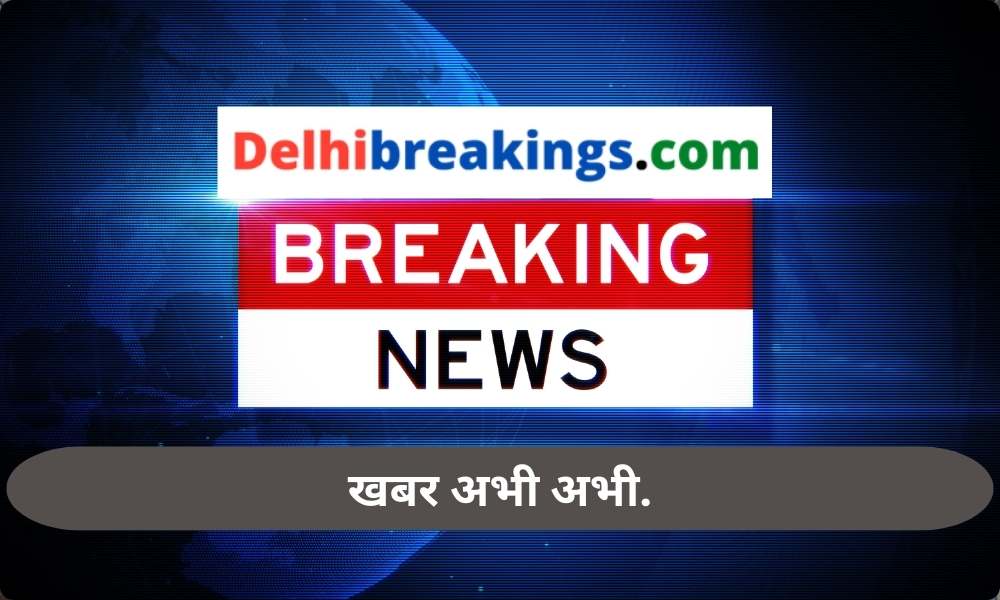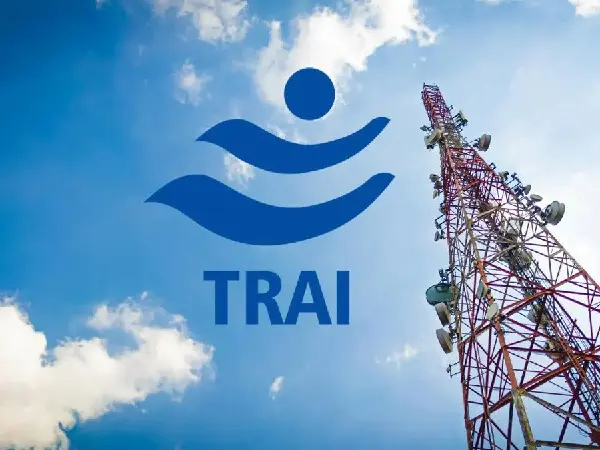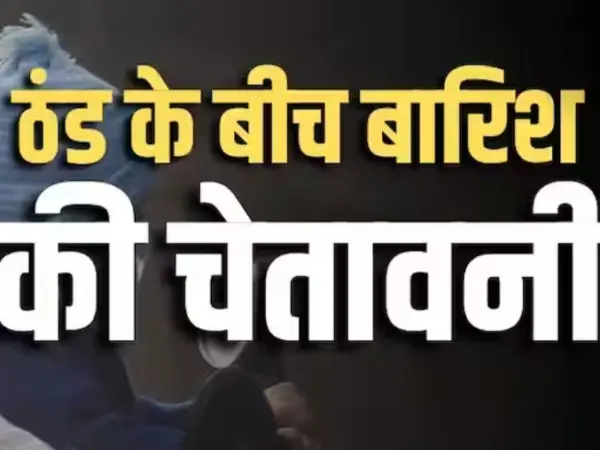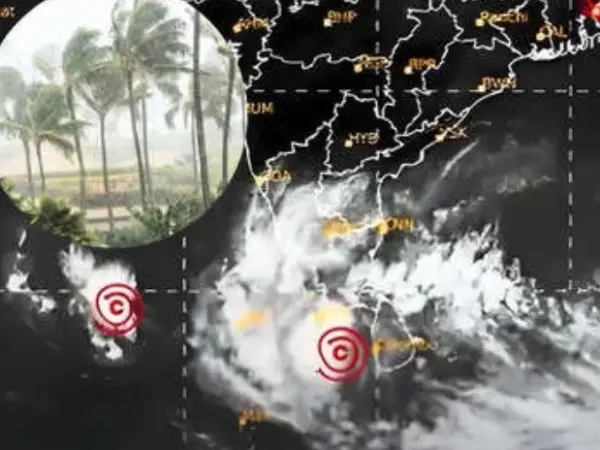In an effort to curb spam and fraud calls, telecom companies in India have begun trials of a new service called Calling Name Presentation (CNAP) in Mumbai and Haryana. This service aims to display the name of the caller along with the number, similar to popular caller ID applications like Truecaller.
Key Developments:
Telecom companies have started testing CNAP on a limited scale to evaluate its effectiveness. According to reports, the results of these tests will be shared with the Department of Telecommunications (DoT) to make an informed decision about the widespread implementation of this service.
Impact on Spam and Fraud Calls:
The CNAP service is expected to significantly reduce the number of spam and fraud calls by allowing users to see the caller’s name before answering. Recently, there has been an increase in such calls, prompting regulatory pressure from the government and the Telecom Regulatory Authority of India (TRAI) on telecom operators to implement more robust measures.
Comparison with Truecaller:
Truecaller India’s Managing Director, Rishit Jhunjhunwala, stated that while CNAP is similar to their existing caller ID application, it is unlikely to negatively impact Truecaller’s business. Truecaller remains a popular choice among users for identifying unknown numbers and blocking spam calls.
Government Directives:
The government recently directed telecom operators to block fake international calls that appear with Indian numbers. This move is part of broader efforts to tackle cybercrime and financial fraud.
Frequently Asked Questions about Spam Calls:
- What are spam calls or messages? Spam calls or messages are unsolicited communications from unknown numbers that often involve offers for loans, credit cards, lotteries, or services and products. These are made without the recipient’s consent.
- Who receives more spam calls? People who often answer and respond to spam calls are more likely to receive them. Advertising companies and scammers tend to target numbers that frequently engage with spam calls, believing these individuals can be exploited eventually.
- How do companies get your mobile number? Users often unknowingly provide their numbers to companies through various means:
- Registering phone numbers on social media accounts.
- Granting app permissions that include access to phone numbers.
- Entering phone numbers while shopping online.
- Posting phone numbers on unverified websites and social media platforms.
Companies may sell this data to third parties, leading to an increase in spam calls.
- What precautions should be taken upon receiving a spam call? Identifying spam calls can be challenging as they resemble regular numbers. If you inadvertently answer a spam call, consider the following precautions:
- Hang up immediately if the caller or an AI recording prompts you to press a number.
- Avoid answering any questions, especially those that can be answered with “yes” or “no.”
- Never provide personal information such as account numbers, hobbies, age, or identity details.
- Verify the caller’s claims by contacting the bank or agency directly using official contact details from their website.
Important Information:
| Detail | Information |
|---|---|
| Service Name | Calling Name Presentation (CNAP) |
| Initial Testing Locations | Mumbai and Haryana |
| Aim | To reduce spam and fraud calls |
| Expected Launch | Post successful trials and government approval |
| Government Directive | Block fake international calls appearing as Indian numbers |
| Comparison with Truecaller | Similar functionality, no negative impact anticipated |
| User Precautions | Avoid sharing personal details on unverified calls |





